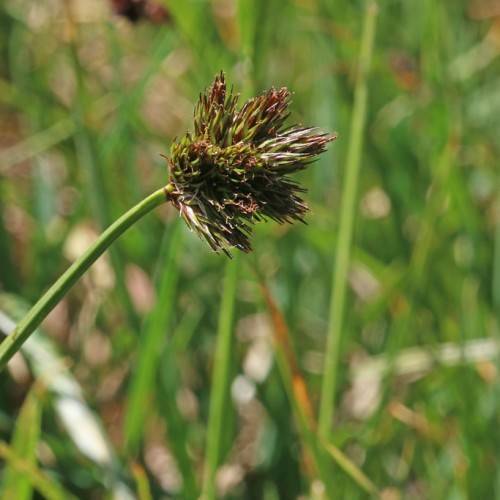
Ebony Sedge
Carex ebenea
Watering:
Frequent
Hardiness Zone:
Flowers:
Flowers
Sun:
full sun
Leaf:
Yes
Growth Rate:
Low
Drought Tolerant:
Yes
Salt Tolerant:
Yes
watering
Douglas' Sedge should be watered regularly to ensure it thrives. During the summer months, water the plant every 3-4 days, making sure the soil is moist but not soggy. In the winter, water may be needed only once per week or less, depending on local humidity levels. During periods of extreme heat or drought, supplemental watering could be done 2-3 times per week. It is important to pay attention to adequate drainage when watering Douglas' Sedge, as it will not tolerate standing water.
sunlight
Douglas' Sedge (Carex douglasii) is a plant species native to the western United States and Canada. It prefers moist environments and thrives in full sun or partial shade. For optimal health and growth, Douglas' Sedge should be exposed to as much direct sunlight as possible. It is best suited for locations that receive at least 6 to 8 hours of direct sunlight each day, either morning or afternoon, preferably both. In areas with weak sun exposure, Douglas' Sedge may require supplemental lighting in order to thrive.
pruning
Douglas' Sedge (Carex douglasii) should be pruned annually in the winter or early spring before new growth appears and the plants begin actively growing. Pruning should remove any dead, diseased, or damaged foliage, as well as any stems that are crossing or otherwise crowding the plant. The goal is to keep the plant looking tidy and not overly full, so pruning should be done judiciously. In addition to shaping the plant, pruning can help promote air circulation and deter pathogens. If necessary, Douglas' Sedge can also be trimmed lightly in early summer to maintain its size and shape.
